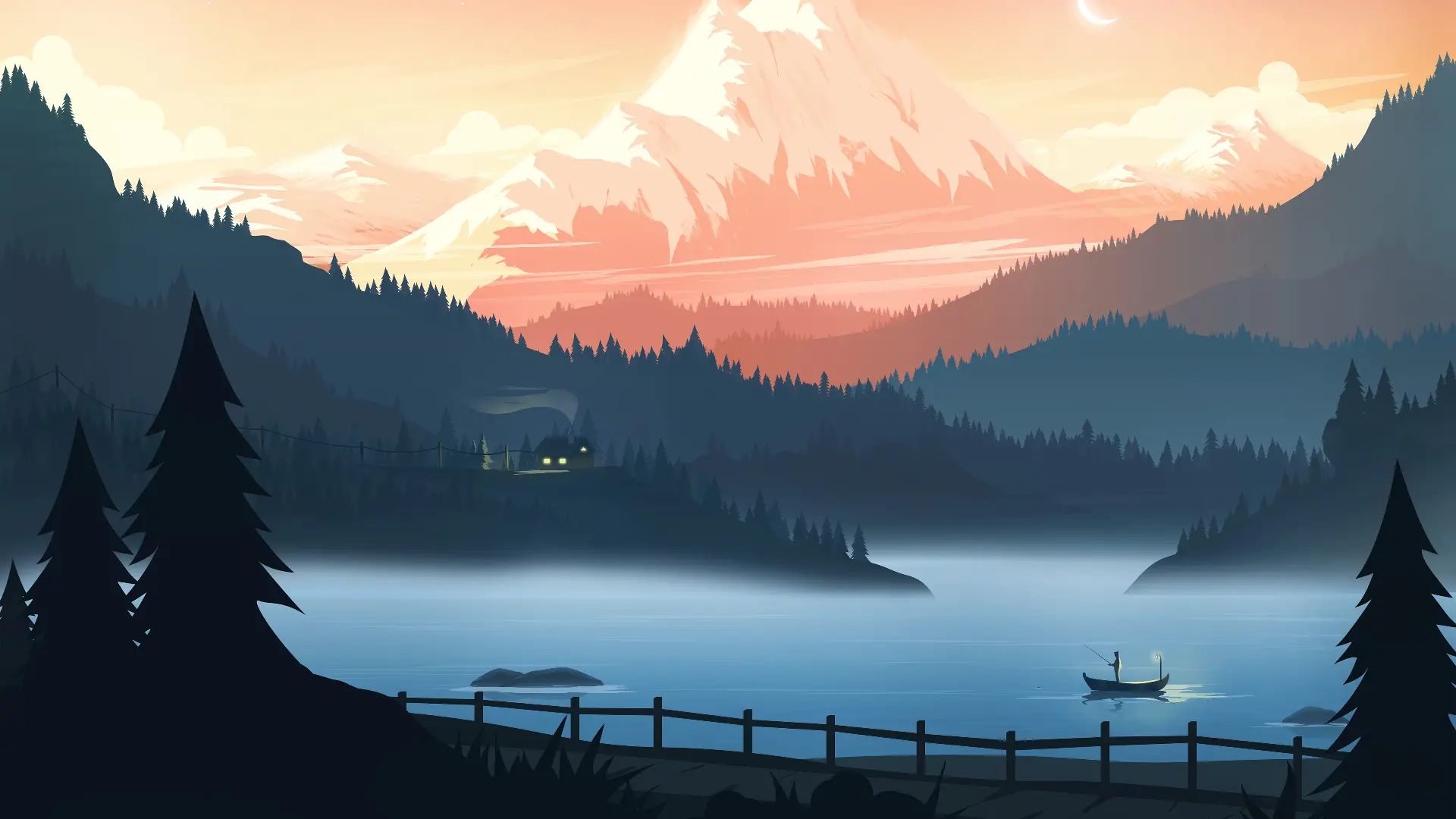Java设计模式系列(2):工厂模式

前言
正常情况下,我们如果有PhoneStore类,其中需要有orderPhone(String type)方法,为用户提供不同的Phone。此时代码耦合十分严重,如果我们要更换或增加对象,都需要改new对象的地方。我们其实可以使用工厂类来生成对象,PhoneStore只需要和工厂打交道即可,实现最终目的:解耦
原文地址:https://xuedongyun.cn/post/33663/
简单工厂模式
简单工厂包含:
- 抽象产品(
Phone) - 具体产品(
XiaomiPhone,HuaweiPhone) - 具体工厂(
PhoneFactory)
1 | public class PhoneFactory { |
此时,PhoneStore需要手机时,只需要从PhoneFactory中获取即可
问题:要增加新的手机,就需要修改PhoneFactory的代码,违背开闭原则
工厂方法模式
工厂方法模式包含:
- 抽象产品(
Phone) - 具体产品(
XiaomiPhone,HuaweiPhone) - 抽象工厂(
PhoneFactory) - 具体工厂(
XiaomiPhoneFactory,HuaweiPhoneFactory)
抽象工厂
1 | public interface PhoneFactory { |
具体工厂
1 | public class XiaomiPhoneFactory implement PhoneFactory { |
PhoneStore中具体使用
1 | public class PhoneStore { |
此时,当增加手机时,无需修改PhoneFactory,只需要增加新的接口实现类即可
问题:每增加一种手机,就要创建一个新的对应工厂类,增加了系统复杂度
抽象工厂模式

工厂方法模式:只能生产一个级别的产品
抽象工厂模式:生产多个级别的产品
现在工厂可以生产同一产品族的产品,比如手机和电脑。小米和华为都会生产自己的手机和电脑。现在关系如图:
classDiagram
class XiaomiFactory {
+ createPhone(): Phone
+ createComputer(): Computer
}
class HuaweiFactory {
+ createPhone(): Phone
+ createComputer(): Computer
}
Phone <|-- XiaomiPhone
Phone <|-- HuaweiPhone
Computer <|-- XiaomiComputer
Computer <|-- HuaweiComputer
XiaomiPhone <.. XiaomiFactory
XiaomiComputer <.. XiaomiFactory
HuaweiPhone <.. HuaweiFactory
HuaweiComputer <.. HuaweiFactory
XiaomiFactory ..|> DeviceFacotry
HuaweiFactory ..|> DeviceFacotry抽象工厂
1 | public interface DeviceFactory { |
具体工厂
1 | public class xiaomiFactory implement DeviceFactory { |
现在,当一个产品族种的多个对象被设计成一起工作时,能保证客户端只使用同一个产品族种的对象
问题:产品族中需要增加新的产品时,所有工厂类都需要修改
JDK源码-Collection.iterator方法
1 | ArrayList<Integer> list = new ArrayList<>(); |
获取迭代器时,使用了工厂方法模式,类图如下
classDiagram
class Iterator {
<>
}
class Collection {
<>
+ iterator(): Iterator
}
class ArrayList {
+ iterator(): Iterator
}
Collection <|.. ArrayList
Iterator <|.. ArrayList_Itr
Iterator <.. Collection
ArrayList_Itr <.. ArrayList
Factory <|.. EntityFactory
Product <|.. EntityProduct
Product <.. Factory
EntityProduct <.. EntityFactory 抽象产品:Iterator
具体产品:ArrayList.Itr
抽象工厂:Collection
具体工厂:ArrayList
- 标题: Java设计模式系列(2):工厂模式
- 作者: 布鸽不鸽
- 创建于 : 2023-06-21 17:14:38
- 更新于 : 2023-06-23 22:02:40
- 链接: https://xuedongyun.cn//post/33663/
- 版权声明: 本文章采用 CC BY-NC-SA 4.0 进行许可。
评论
